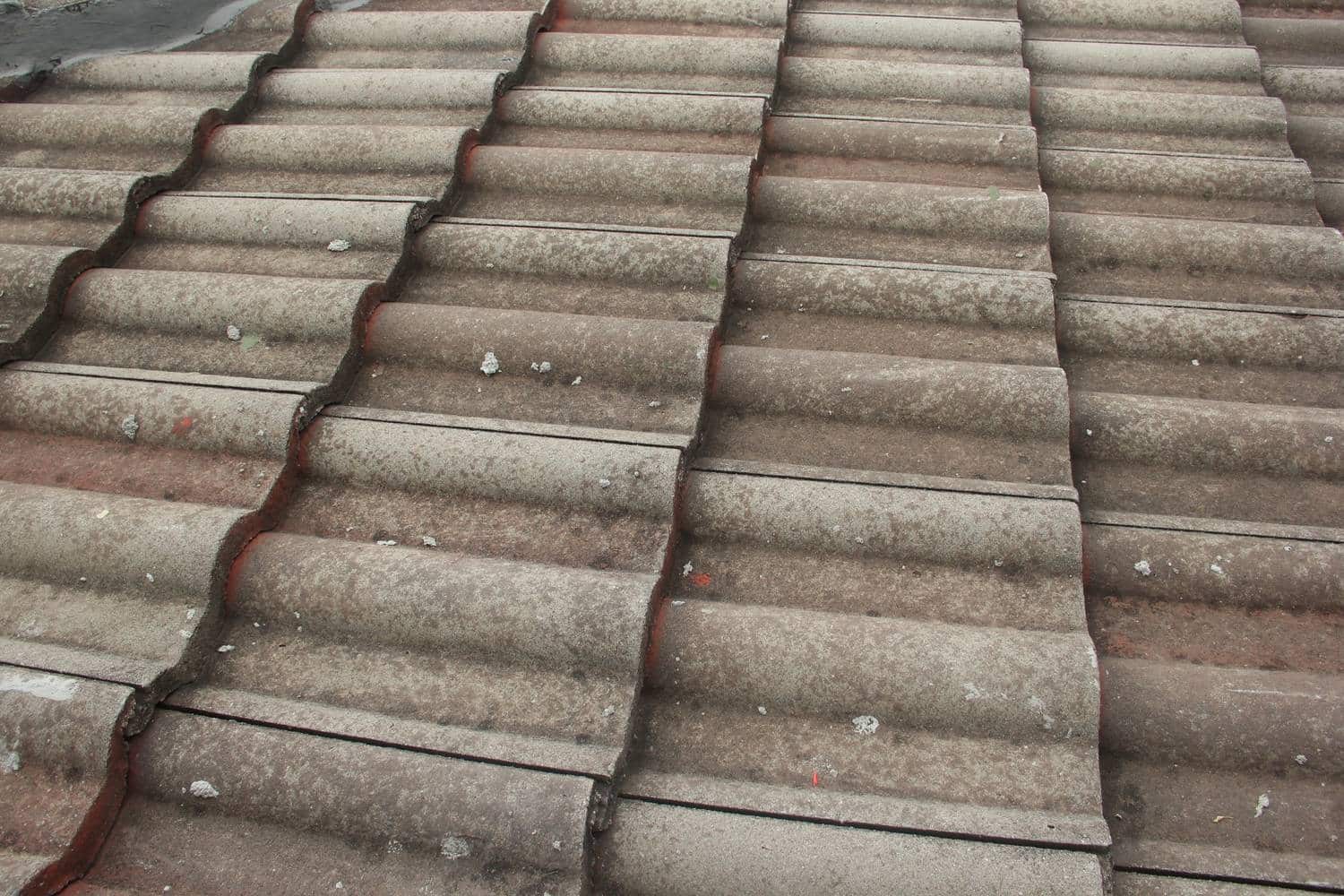Asbestos might sound like a relic of the past—something you’d only find in ancient buildings or old factory sites. But the reality is far more present and personal. For many homeowners, office workers, and even students, asbestos is still a quiet presence in everyday life, tucked away in ceilings, roofs, walls, and insulation. If you’re living in a house built before the 1990s or you’re involved in any kind of property renovation, understanding asbestos is not just wise—it’s essential.
What Exactly Is Asbestos—And Why Was It Ever Used?
Asbestos is a naturally occurring mineral composed of thin, fibrous crystals. Its durability, resistance to fire, and insulating properties made it a popular building material throughout much of the 20th century. It was used in everything from roofing and wall insulation to cement products and floor tiles.
But what was once hailed as a “miracle material” turned out to be a dangerous health hazard. When asbestos-containing materials deteriorate or are disturbed, they release microscopic fibers into the air. When inhaled, these fibers can become lodged in the lungs, leading to serious and sometimes fatal illnesses.
The Hidden Places Asbestos Might Be Hiding in Your Home
Many people assume that if they can’t see asbestos, it’s not there. But asbestos can be concealed in some of the most unsuspecting parts of a home. Common hiding places include:
- Ceiling and roof sheeting (especially corrugated asbestos cement)
- Popcorn ceilings
- Old floor tiles and adhesives
- Pipe insulation
- Cement sheets used behind fireplaces and in wet areas
- Textured wall coatings
Even a basic home improvement project can disturb these hidden materials and release fibers into your breathing space. That’s why it’s so important to know what you’re working with—before you start.
From Safe to Sick: How Asbestos Fibers Invade the Human Body
Asbestos-related diseases develop silently and slowly. The fibers are tiny, often invisible to the naked eye, and once they are inhaled, they can remain in your lungs for years. Over time, this can lead to inflammation, scarring, and serious health issues such as:
- Asbestosis (a chronic lung disease)
- Lung cancer
- Mesothelioma (a rare and aggressive cancer affecting the lining of the lungs or abdomen)
- Pleural thickening
What makes asbestos particularly sinister is the latency period—symptoms may not appear until decades after exposure. That means someone who unknowingly inhaled asbestos in the 1990s may only begin to feel the effects today.
The Diseases You Can’t Ignore: Asbestos Exposure and Your Health
Unlike many modern health threats, asbestos doesn’t offer any immediate warning signs. There’s no rash, no cough, no tell-tale fatigue—until it’s too late. When symptoms of mesothelioma or asbestosis do appear, they’re often mistaken for more common conditions like asthma or pneumonia.
Early diagnosis is difficult, and treatment options are limited. This is why prevention—identifying and managing asbestos risks before exposure—remains the best line of defense.
Could Your Ceiling Be a Time Bomb? Spotting Asbestos in Popcorn Ceilings
Popcorn ceilings, also known as acoustic ceilings, were a staple in homes built from the 1950s through the 1980s. They were cheap, easy to apply, and helped with sound insulation. Unfortunately, many of these ceilings were made with asbestos.
If your home has this type of ceiling, especially if it was installed before the 1990s, do not attempt to scrape or renovate it yourself. Even small disturbances can release harmful fibers. Have a professional test the material before any alterations are made. ICON Asbestos Roof Replacement provides expert inspections and guidance, helping homeowners navigate this potentially dangerous situation safely.
Renovation Risks: Why DIY Could Stir Up More Than Dust
The rise of DIY home renovation shows has inspired many people to take sledgehammers to their outdated interiors. But this trend has also led to a surge in unintentional asbestos exposure. Stripping out old linoleum floors, knocking down walls, or even drilling into cement sheet cladding can unknowingly release asbestos.
Before starting any renovations in a home built before the late 1980s, it’s crucial to get a professional asbestos assessment. The cost of a test is minor compared to the potential health and legal costs that could result from accidental exposure.
Asbestos in Schools and Workplaces: Are You or Your Children at Risk?
It’s not just homes that pose a risk. Many older schools, offices, and commercial buildings still contain asbestos materials. Ceiling tiles, insulation, and boiler rooms are frequent culprits. In some cases, maintenance workers and custodial staff are at heightened risk due to the nature of their work.
Parents and employees should feel empowered to ask questions about asbestos management in public buildings. Laws in many countries require institutions to maintain asbestos registers and management plans—but compliance and transparency can vary.
Testing and Detection: How to Know If Asbestos Is Lurking Nearby
Visual inspection isn’t enough to confirm the presence of asbestos. Only professional testing—usually involving a sample analyzed in a certified laboratory—can determine if a material contains asbestos.
If you’re concerned about a specific material, avoid touching or disturbing it. Contact a certified asbestos assessor or remediation company like ICON Asbestos Roof Replacement, which not only helps with safe identification but also offers complete roof replacement services when asbestos is found in roofing materials.
What to Do If You Suspect Asbestos—Without Panicking
If you suspect there’s asbestos in your home or workplace, the most important thing is to stay calm and take logical steps:
- Avoid disturbing the area.
- Restrict access if possible.
- Call a licensed asbestos professional for inspection.
- Follow their guidance—this may involve sealing the material, encapsulation, or complete removal.
Never attempt removal yourself. In many regions, it’s illegal to do so without proper licensing, and the risks to your health simply aren’t worth it.
Safe Removal and Legal Rights: Protecting Your Health and Your Home
Removing asbestos isn’t just a matter of physical safety—it’s also a legal issue. There are strict regulations around asbestos removal, including how it’s handled, transported, and disposed of. Licensed removalists follow specific protocols to ensure that fibers don’t contaminate the air or surrounding area.
Homeowners and tenants should also be aware of their legal rights. If you rent, your landlord is often responsible for managing asbestos safely. If you own a home and are planning to sell or renovate, you may be required to disclose the presence of asbestos or address it prior to any work.
Working with trusted professionals like ICON Asbestos Roof Replacement ensures that the job is done right, safely, and within legal guidelines.
Whether you’re a homeowner, renovator, or simply someone living in a pre-1990s house, understanding the risks of asbestos can protect your health and those around you. It might be out of sight, but asbestos should never be out of mind.




